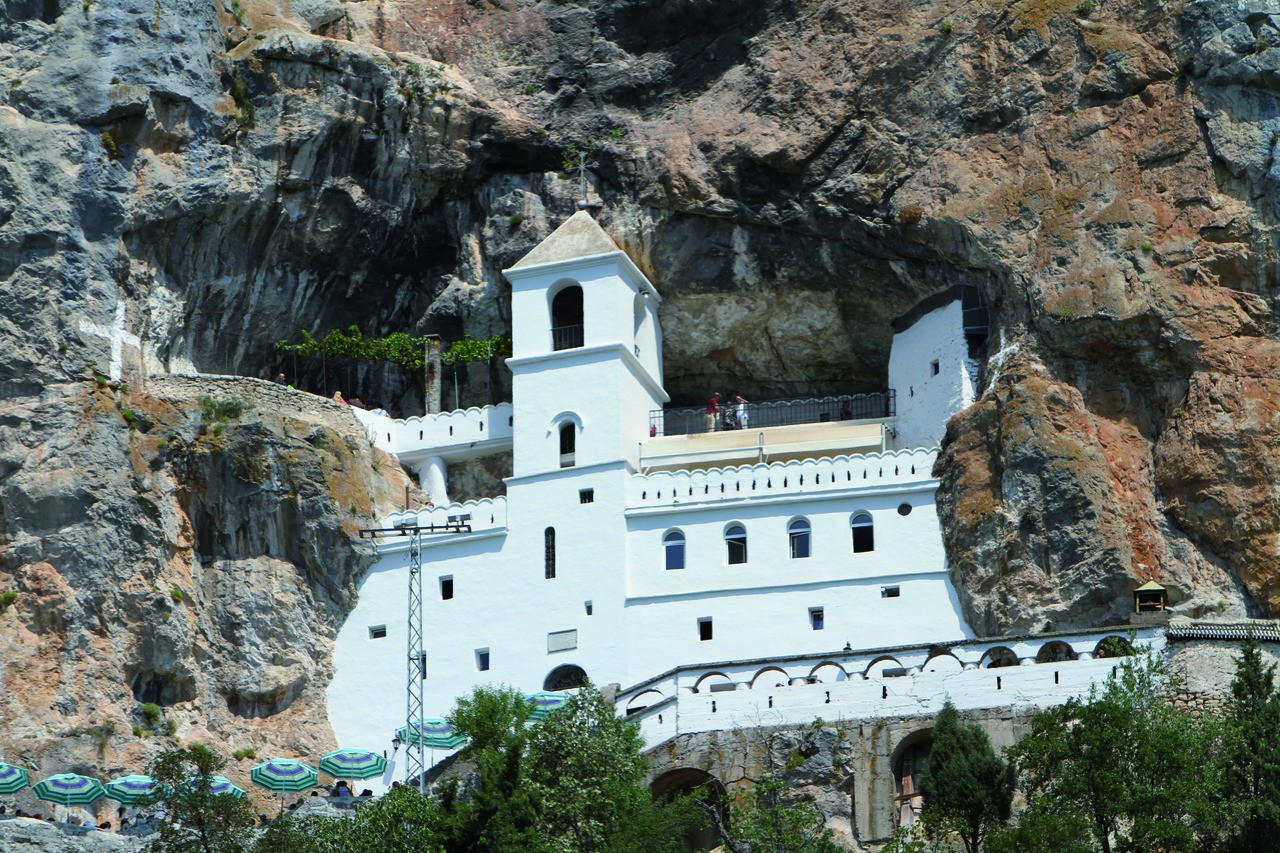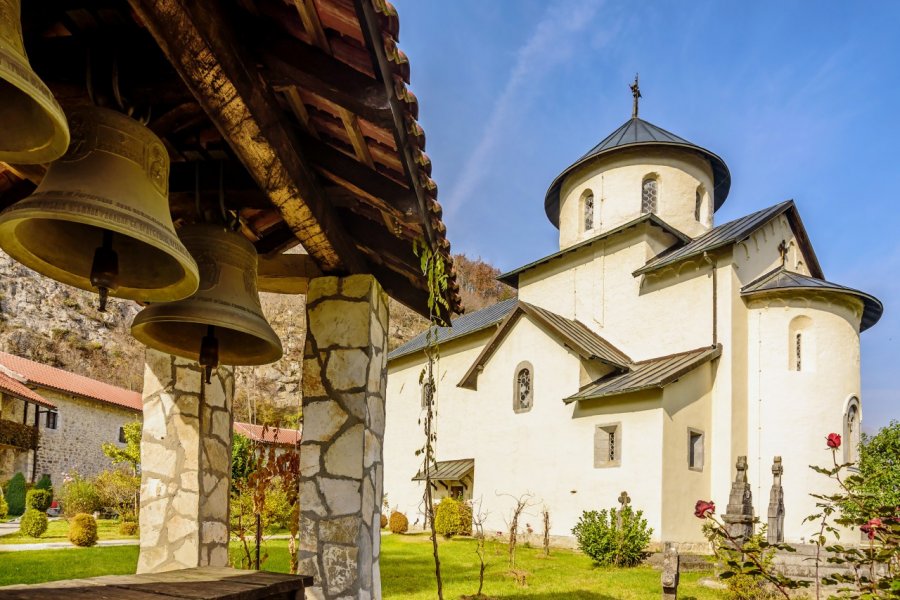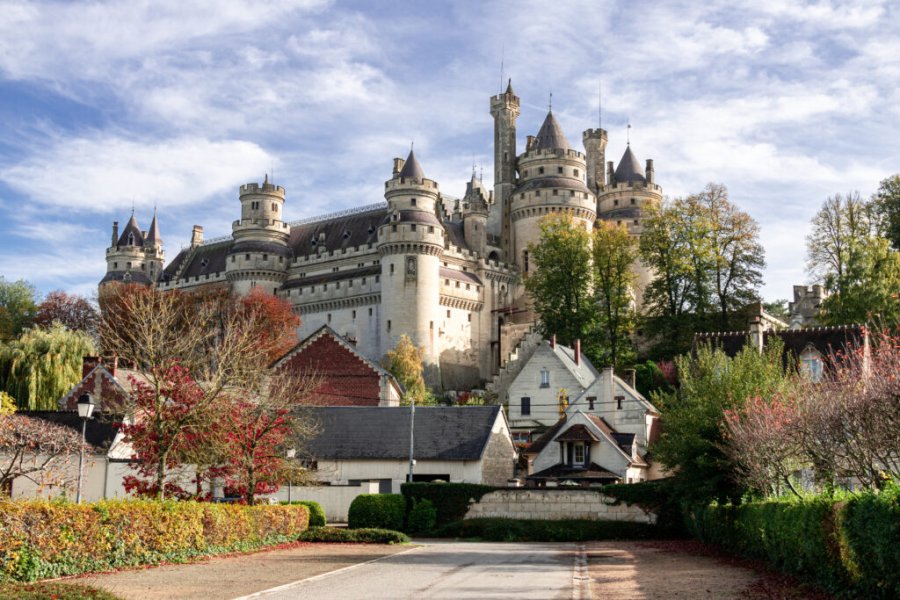Discovering religious buildings
Highlights of the trip
During your stay you can enjoy the following highlights: Culture / Heritage, Discovery.
Best times to go
The best time(s) to go is/are : Printemps, Eté.
Where to stay in : Morača ?
The map of your stay "Discovering religious buildings"
Detail of the stay : Discovering religious buildings
How to get there - Morača
The Monastery of Morača
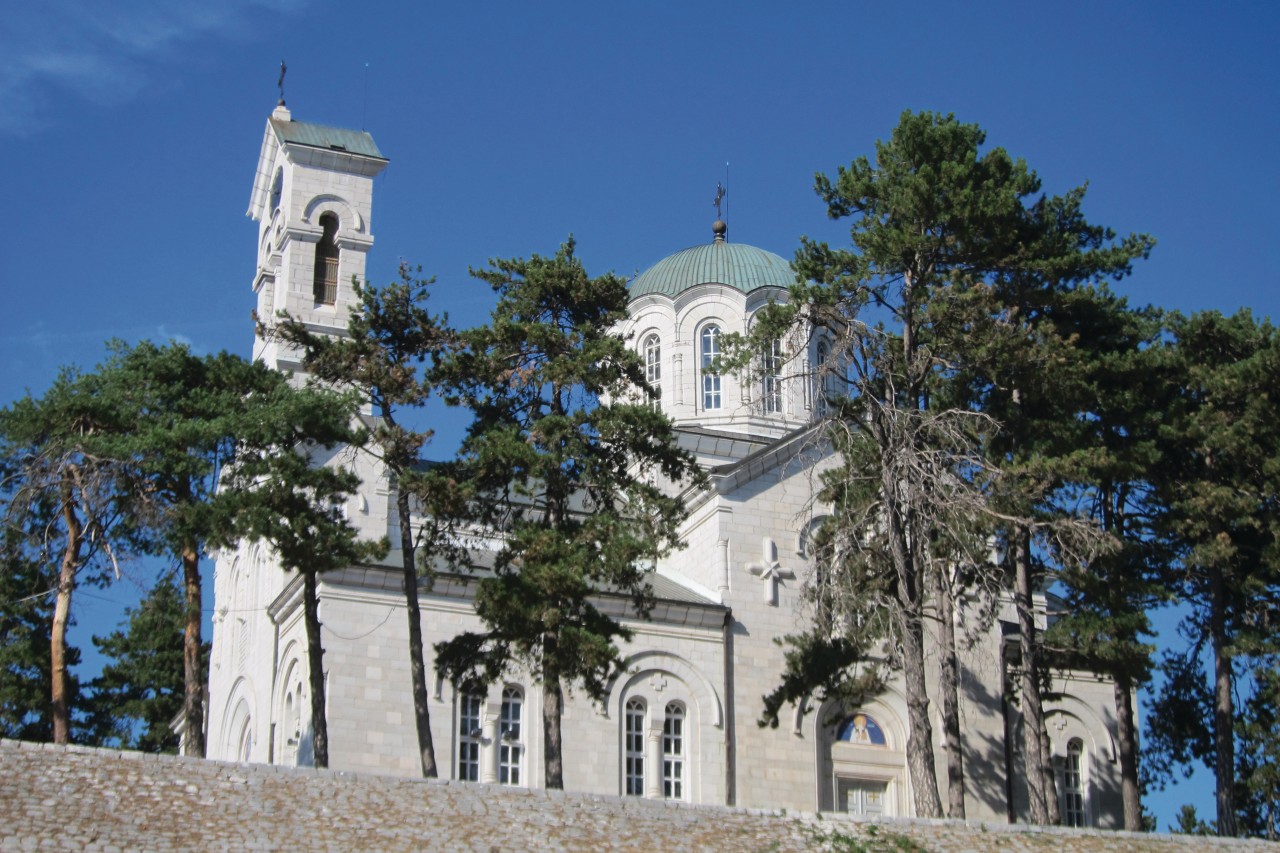
Steps: Morača
This monastery is one of the main ones in Montenegro. Standing on the edge of the canyon of the Morača River, one cannot fail to admire the murals and icons. It is also good to walk in the gardens.
Places of interest : MONASTÈRE DE MORAČA (MANASTIR MORAČA)
The monastery of Ostrog

Steps: Nikšić
Direction Niksic, 50 km from Podgorica. The monastery of Ostrog, located a few kilometers before the city, is an important place of pilgrimage in the country. Built in the middle of the 17th century, it is neither the most beautiful nor the largest of the country's monasteries, but the most spectacular. Built in altitude, at the foot of an imposing cliff, it houses two troglodyte chapels and the relics of Saint Basil of Ostrog, known for his miracles and his healing powers.
Places of interest : MONASTÈRE D'OSTROG (MANASTIR OSTROG - МАНАСТИР ОСТРОГ)
The monastery of Piva

Steps: Plužine
Before going to the south of the country, we can stop at the monastery of Piva, located near the small town of Pluzine. Located in a bucolic site, this 16th century monastery is worth a detour for the beauty of its murals that decorate almost the entire interior of the building.
Places of interest : MONASTÈRE DE PIVA (MANASTIR PIVA)
Byzantine and Baroque art
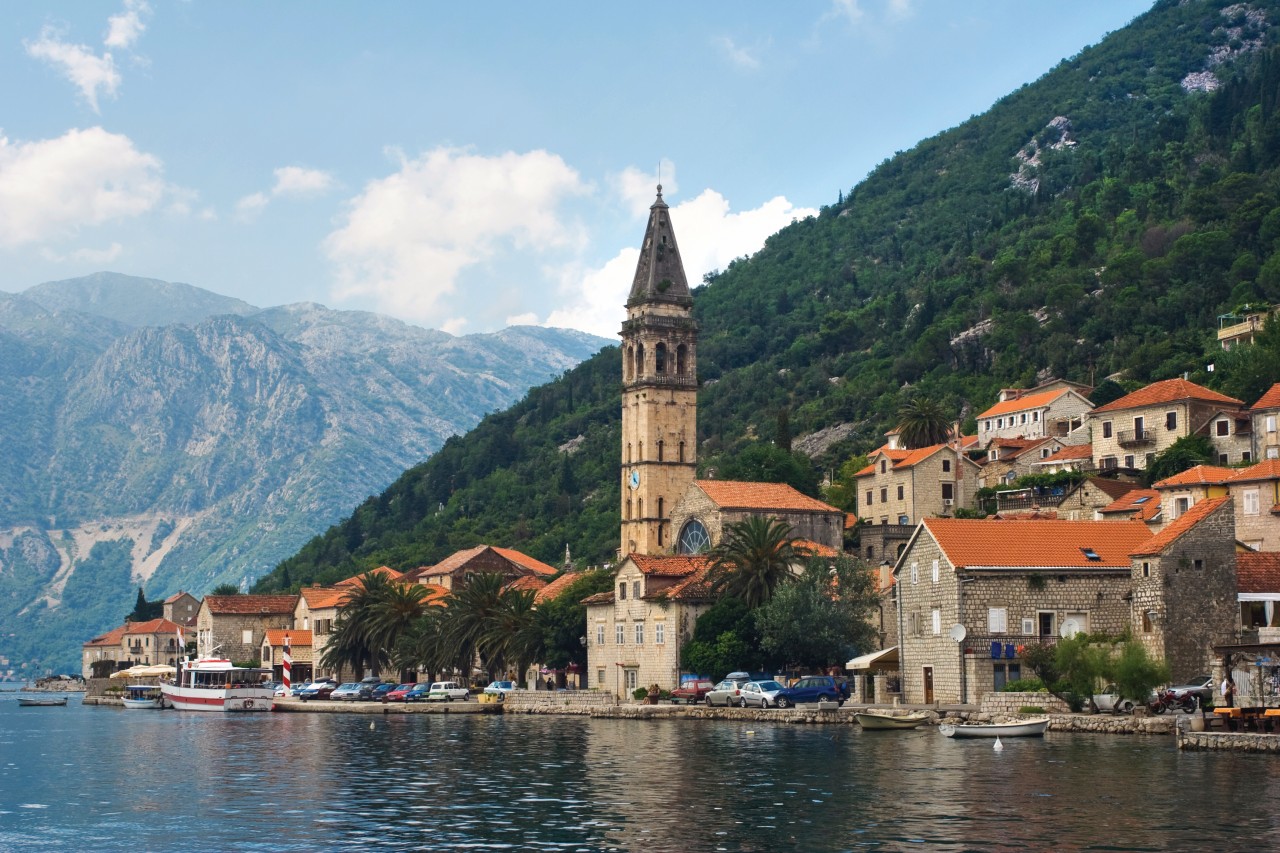
Steps: Herceg Novi
After this incursion in the north of the country, direction the littoral, and first of all the mouths of Kotor. There, religious art lovers will discover churches of a completely different style, at the crossroads of Eastern and Western cultures. The monastery of Savina, near Herceg Novi, is distinguished by its architectural mixture of Byzantine and Baroque art
Places of interest : MONASTÈRE DE SAVINA (MANASTIR SAVINA)
Gothic art
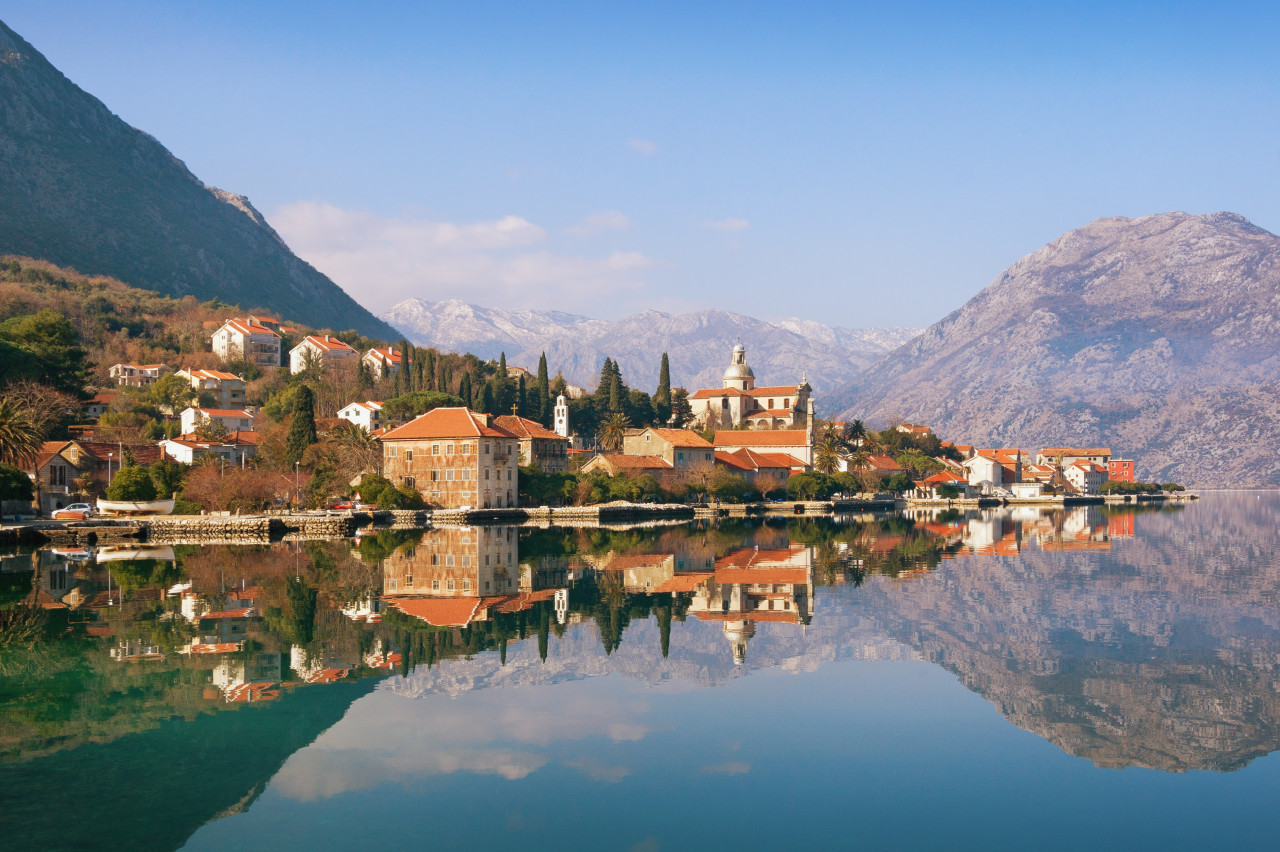
Steps: Kotor
In Perast, the church "Gospa od Skrpjela", located on an artificial islet, houses about sixty paintings by the famous baroque painter Tripo Kokolja (1661-1713). Ten kilometers away, the Cathedral of St. Triphon of Kotor (12th century) is one of the most representative monuments of Romanesque art in the Adriatic. Its ciborium (baldachin over the altar) is a magnificent example of Gothic art.
The village of Prčanj
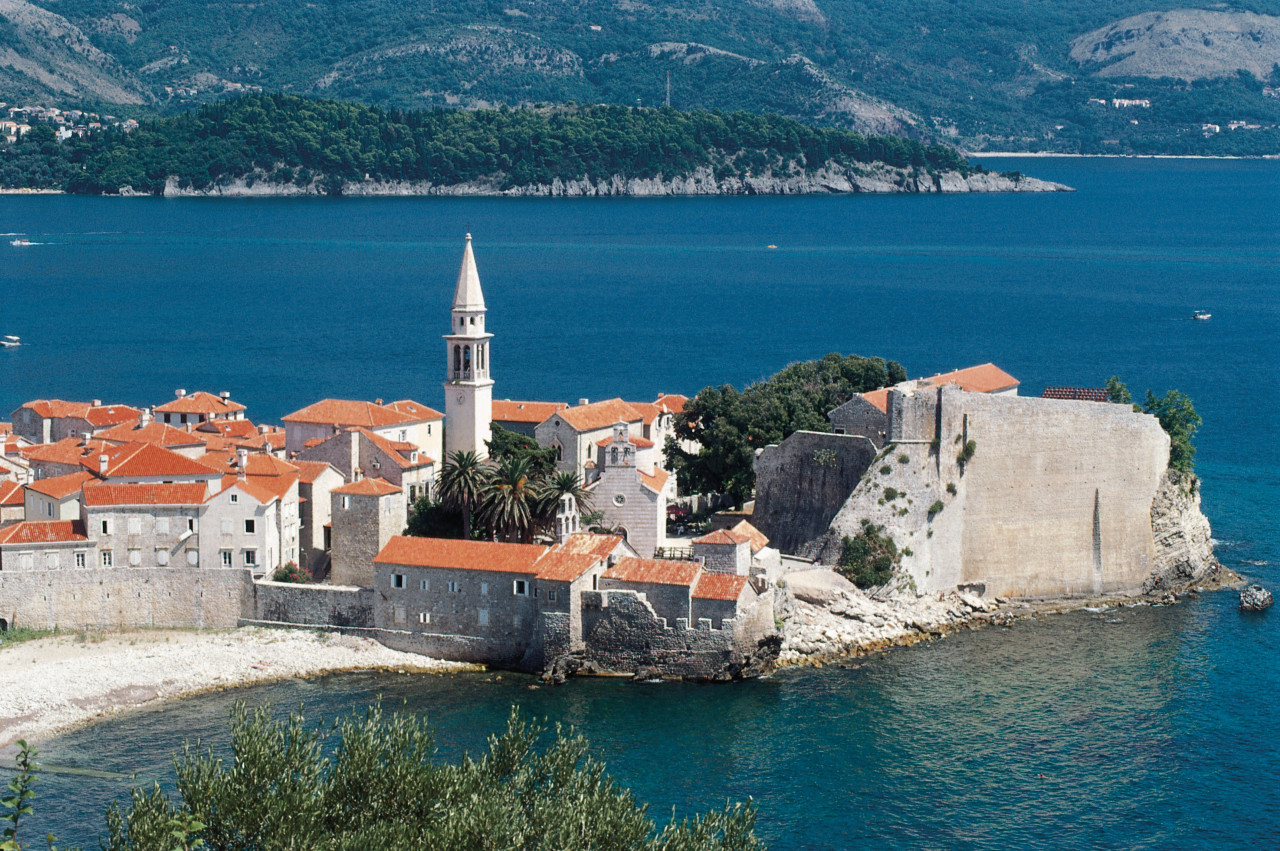
Steps: Prčanj
Continuing eastward, we will not miss the village of Prcanj, to admire its church dedicated to the birth of the Virgin Mary ("Bogorodicin Hram"). Designed by the Venetian Bernardino Maccarucci, this church, whose construction began in 1789, required more than a century of work. Inside, there are many paintings by famous Italian artists.
The monastery of Cetinje

Steps: Budva
Before leaving Kotor and continuing to Budva, you can take the "serpentine" road and climb to the old capital of the Montenegrin kingdom. The visit of the monastery of Cetinje is imperative, because it contains two major Christian relics: the right hand of Saint John the Baptist and the piece of the Holy Cross of Jesus Christ. Dedicated to the Birth of the Virgin Mary, this Orthodox complex was built in the early 18th century. The original monastery was built a few meters from the present one in the 15th century but was completely destroyed by the Turks in 1692.
Places of interest : MONASTÈRE DE CETINJE (CETINJSKI MANASTIR)
